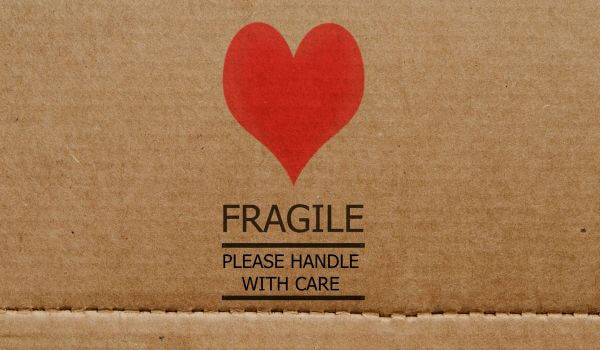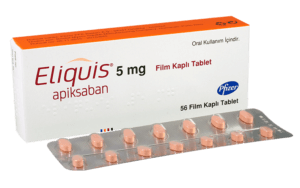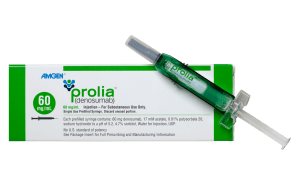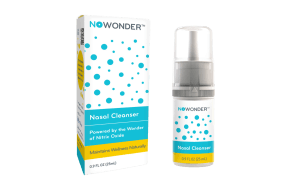
What are the differences between bacterial and viral infections?
Although people often talk about them as if they’re the same, bacteria and viruses are actually very different. Bacteria are single-celled organisms that can live on their own, while viruses aren’t really “alive” and need a host to survive and reproduce. Bacterial infections usually cause symptoms like swelling, pain, and sometimes pus in one specific area. On the other hand, viral infections often lead to general symptoms like fever, tiredness, and muscle aches. These differences matter in healthcare because bacterial infections are usually treated with antibiotics, but viral infections require other treatments.
- Bacteria are tiny, single-celled organisms that can live on their own, work together with other organisms, or act as parasites. They are simple creatures without a nucleus. They can reproduce on their own, may be helpful or harmful, have cell walls, and can survive in many different places.
- Viruses are super small germs that need a living host, like a person, animal, or plant, to grow and multiply. Unlike bacteria, they aren’t considered living things. They don’t have cells, can’t survive or reproduce without a host, and are usually harmful. Viruses can infect all kinds of living things.
What is a bacterial infection?
A bacterial infection happens when harmful bacteria invade the body. Bacteria are tiny, single-celled organisms that are invisible without a microscope. Surprisingly, the human body is full of bacteria. There are actually more bacteria than human cells in the body! Most of these bacteria are harmless, and some even help us, like the ones in our stomachs that aid in digesting food. However, not all bacteria are good. Some can cause illnesses when they infect the body. Types of bacterial infections include strep throat, meningococcal disease, tuberculosis, Q fever, urinary tract infections (UTIs), sexually transmitted infections (STIs) such as Chlamydia, syphilis or gonorrhea, and whooping cough.
What is a viral infection?
Viruses, like bacteria, can make people sick by causing infections. They are extremely tiny and survive by living inside the cells of a host. Infections happen when viruses multiply within these cells, and then burst out and go on infecting surrounding cells. Some illnesses caused by viruses include chickenpox, COVID-19, the flu, measles, HIV, and monkeypox.
Can bacterial and viral infections be prevented? 
Vaccines can protect people from many illnesses caused by bacteria and viruses. These are called vaccine-preventable diseases. Staying healthy isn’t just about vaccines, though. Practicing good hygiene is another way to avoid getting sick or spreading germs to others. Simple habits like washing hands regularly, not sharing cups or utensils, coughing or sneezing into the elbow, and throwing away used tissues right away can make a big difference in keeping everyone healthy.
How are bacterial and viral infections diagnosed and treated?
Figuring out what’s causing an infection can be tricky since viral and bacterial infections often have similar symptoms. To find out what’s going on, a doctor will ask about the person’s symptoms and do an exam. They might also run tests like checking their blood, urine, stool, or taking a swab from their nose or throat.
The way bacteria and viruses respond to treatment is very different, and this difference plays a big role in how infections are treated. Bacteria are living organisms, so antibiotics can target them directly. These medicines work by breaking down bacteria’s cell walls or stopping them from making proteins, which either kills the bacteria or stops them from growing. Antibiotics are designed to attack only bacteria, so they don’t harm human cells.
Viruses, on the other hand, are not living cells. They can’t survive or multiply on their own because they don’t have the tools to do so. This is why antibiotics don’t work against viruses. Instead, viral infections are treated with antiviral medications, which stop the virus from multiplying or help the immune system fight it off.
Treating bacterial infections
Bacterial infections are usually treated with antibiotics, but it’s important to use the right one for the specific type of bacteria causing the infection.
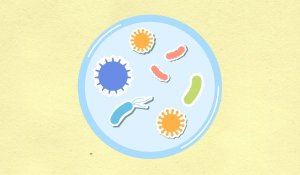
Infections and how they’re treated can vary a lot depending on the cause and symptoms. Here are some examples of bacterial infections and their usual treatments:
- Strep Throat happens because of a bacteria called Streptococcus pyogenes. It usually causes a sore throat, fever, and headaches. Doctors often prescribe antibiotics like Augmentin to treat it, and most people feel better within a week.
- Urinary Tract Infections (UTIs) are mostly caused by Escherichia coli. They make it painful to pee, increase the urge to go to the bathroom, and can cause cloudy urine. Macrobid, Monurol or Bactrim are common treatments, and recovery usually takes a few days.
- Pneumonia is caused by Streptococcus pneumoniae and leads to coughing, fever, and trouble breathing. It’s often treated with antibiotics like Zithromax, though it can take up to three weeks to recover.
- Tuberculosis, caused by Mycobacterium tuberculosis, is more serious. It can lead to coughing, weight loss, and night sweats. Treatment involves multiple antibiotics like isoniazid and rifampin, and it can take up to a year to fully recover.
- Bacterial Meningitis is caused by Neisseria meningitidis. It’s a serious infection with symptoms like fever, headaches, and a stiff neck. Treatments often include ceftriaxone or Vancocin, and recovery can take anywhere from a couple of weeks to several months.
- The most common bacteria causing STIs are Chlamydia trachomatis, Neisseria gonorrhoea, Mycoplasma genitalium and Treponema pallidium. Zithromax and Vibramycin are prescribed world-wide as first-line treatments for these STIs.
Treating viral infections
If someone has a virus, a doctor might recommend taking it easy at home to give the body time to fight it off. Staying hydrated is also important. This can mean drinking water, rehydration drinks, or even having icy-poles. Pain relievers like Tylenol or Advil can help with any discomfort. In some cases, antiviral medicines might be used to treat certain kinds of viral infections.
Some viruses are treated with antiviral medicines like oseltamivir. For viral infections like HIV, antiretroviral therapy (ART) is used. Some examples of other viral infections and their treatments include:
- Influenza, which is a respiratory infection caused by a virus, is commonly treated using antiviral medications like Tamiflu.
- COVID-19 is treated with vaccines and antiviral medications like remdesivir to prevent severe outcomes.
- Hepatitis B is treated using antiviral drugs such as Viread to manage the infection.
- Sexually transmitted diseases caused by viruses include genital warts (treated with Aldara), genital herpes (treated with Zovirax) and the human immunodeficiency virus (HIV). HIV, which caused the AIDS outbreak in the late 20th century that killed millions, is now treatble with antiretroviral therapy (ART) drugs like Ziagen and Trizivir.
Differences between bacterial and viral symptoms
Bacterial and viral infections can share a lot of similar symptoms, even though they are caused by very different things. Both can cause fever, tiredness, and swelling as the body tries to fight off the infection. Bacterial infections often show up with more specific symptoms in one area, like pus or swelling. On the other hand, viral infections tend to cause symptoms all over the body, like muscle aches and feeling weak. Both types of infections can lead to coughing and sore throats, which can make them hard to tell apart at first. They can also cause stomach problems, but bacterial infections are more likely to lead to severe diarrhea or vomiting.
Only a healthcare professional is trained to identify the symptoms, distinguish between infections, and run the necessary diagnostic tests. With advancements in treatments and preventive measures like vaccines, it’s always best to consult a professional for any infection to ensure the right treatment protocol is suggested for the specific kind of infection.
FAQs
How do doctors tell the difference between viral and bacterial chest infections?
Doctors can tell the difference between viral and bacterial chest infections by performing a physical exam, reviewing the patient’s medical history, and running diagnostic tests.
How long does a bacterial infection last without antibiotics?
How long a bacterial infection lasts depends on several things, like the type of bacteria, where the infection is, how serious it is, the person’s health, and if antibiotics are used. Most bacterial infections last a few days to a few weeks. Some, like infections in the ears, lungs, or sinuses, can take longer to go away, especially if they are more severe or not treated right away.
How to tell if pneumonia is viral or bacterial?
Viral pneumonia often starts with congestion, cough, and sometimes fever. Doctors may suspect a viral cause if breathing sounds are unclear on both sides of the chest. Viruses affect both lungs evenly, causing inflammation, mucus, and debris, which appear as a “diffuse” pattern on an X-ray. In bacterial pneumonia, typically one lung area is affected. This shows as a localized white spot on an X-ray, while the rest of the lung looks normal. To confirm the exact cause, labs analyze mucus or blood samples to identify the specific virus or bacteria present.
What happens if you take antibiotics for a viral infection?
Taking antibiotics when they aren’t needed can do more harm than good. It won’t cure the infection, it won’t help with feeling better, and it won’t stop others from getting sick. In fact, it could cause unnecessary and harmful side effects. The CDC urges people not to push for antibiotics if a doctor says they aren’t necessary and never to take antibiotics prescribed for someone else. Using the wrong medication can also delay proper treatment.




